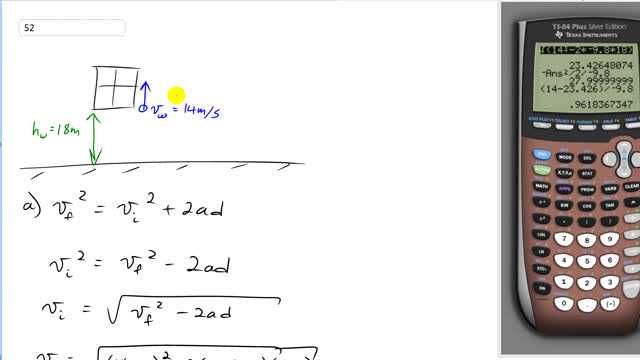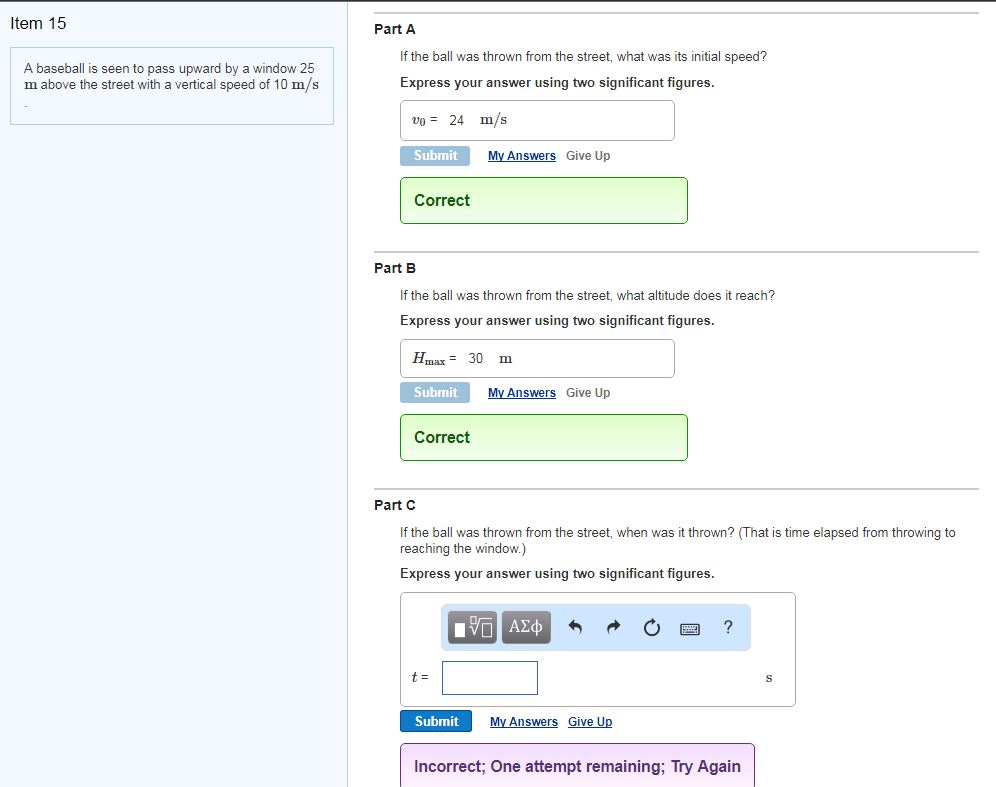A baseball is seen passing upward by a window. This indicates the ball was thrown from below.
A baseball passing by a window upward captures attention and curiosity. This scenario often occurs in neighborhoods, parks, or stadiums where the sport is enjoyed. It symbolizes the thrill of the game, the excitement of a pitch, or a playful toss.
Baseball, America’s beloved pastime, engages people of all ages. Understanding the dynamics behind such an event can spark interest in physics and sports mechanics. Observing a baseball’s trajectory can lead to fascinating discussions on angles, force, and motion. The moment a baseball is seen climbing past a window is a brief yet captivating glimpse into the world of sports and science.
The Phenomenon
Imagine seeing a baseball pass upward by a window. This phenomenon is fascinating. Let’s explore it in detail.
A Brief Description
The baseball seems to defy gravity. It moves upward past the window. This is not a usual sight. The ball’s motion captures attention.
Initial Observations
Observers first notice the speed of the baseball. It moves quickly. The ball’s trajectory is smooth and steady.
Questions arise immediately. How did the ball get there? What force drives it upward?
Observers also note the angle of the ball’s movement. It is almost vertical. These observations spark curiosity and further investigation.
Physics Of Motion
Understanding the physics behind a baseball passing upward by a window is fascinating. It involves basic principles and forces that govern the motion.
Basic Principles
The motion of a baseball follows Newton’s laws of motion. These laws describe how objects move in our world.
- First Law: An object in motion stays in motion unless acted upon by an external force.
- Second Law: The force on an object is equal to its mass times its acceleration (F=ma).
- Third Law: For every action, there is an equal and opposite reaction.
When the baseball moves upward, it initially has a high velocity. As it rises, gravity slows it down.
Forces Involved
Several forces act on the baseball as it passes by the window. The primary forces include:
| Force | Effect |
|---|---|
| Gravity | Pulls the baseball downward. |
| Air Resistance | Slows the baseball’s upward motion. |
Gravity is the most significant force. It constantly pulls the baseball back toward the ground.
Air resistance acts against the baseball’s motion. It reduces the baseball’s speed as it rises.
These forces combined determine the baseball’s trajectory and speed.
Trajectory Analysis
Understanding a baseball’s flight can be fascinating. The ball’s path involves both vertical and horizontal motions. By analyzing these, we gain insights into its behavior and dynamics.
Vertical Motion
The baseball’s vertical motion is influenced by gravity. Initially, the ball moves upward. Its speed decreases as gravity pulls it down. Eventually, the ball reaches its peak height. At this point, its vertical speed is zero.
After reaching the peak, the ball begins to fall. Gravity accelerates it downward. This downward acceleration continues until the ball hits the ground.
| Phase | Vertical Speed | Direction |
|---|---|---|
| Upward | Decreasing | Up |
| Peak | Zero | None |
| Downward | Increasing | Down |
Horizontal Motion
The baseball also moves horizontally. Unlike vertical motion, horizontal motion is not affected by gravity. It remains constant unless other forces act on it.
Wind and air resistance can influence horizontal motion. If these forces are negligible, the ball travels at a steady horizontal speed.
- Initial horizontal speed: Constant
- Wind resistance: Can slow the ball
- Steady conditions: Speed remains unchanged
The combination of these vertical and horizontal motions defines the baseball’s trajectory. Understanding these principles provides a clear picture of the baseball’s path as it passes a window.

Credit: m.youtube.com
Possible Scenarios
Have you ever noticed a baseball passing upward by a window? Various scenarios could explain this curious sight. Understanding these situations helps unravel the mystery behind the baseball’s movement.
Thrown Upwards
One possible scenario is the baseball being thrown upwards. A player might have thrown the ball with force. The ball travels up past the window before gravity pulls it back down. This scenario is common in baseball games or practice sessions.
- The player throws the ball with force
- The ball travels upward past the window
- Gravity pulls the ball back down
This could happen in any setting, like a backyard or park. The key element is the initial force applied to the baseball.
Dropped From Above
Another scenario involves the baseball being dropped from above. Someone might have dropped the ball from a higher floor. As it falls, it momentarily passes upward by the window due to perspective.
- The ball is dropped from a higher level
- The ball passes upward by the window
- The ball continues to fall to the ground
In this case, the ball’s movement is influenced by gravity alone. The initial drop height plays a significant role in this scenario.
| Scenario | Key Elements |
|---|---|
| Thrown Upwards | Force, Gravity, Upward Motion |
| Dropped from Above | Height, Gravity, Downward Motion |
Both scenarios offer fascinating insights into baseball’s journey. Whether thrown or dropped, the ball’s path is governed by basic physics principles.
Speed And Acceleration
When a baseball is seen to pass upward by a window, it exhibits fascinating dynamics. Two critical aspects are speed and acceleration. Speed refers to how fast the baseball moves. Acceleration concerns the change in its speed. Understanding these concepts helps us grasp the physics of the baseball’s motion.
Measuring Velocity
Velocity combines speed and direction. To measure it, observe the baseball’s position over time.
- Use a stopwatch to time the baseball’s ascent.
- Measure the distance it travels upward.
- Calculate velocity using the formula:
velocity = distance / time.
For example, if the baseball travels 5 meters in 2 seconds:
velocity = 5 meters / 2 seconds = 2.5 meters/second upward
Remember, velocity includes direction. Upward movement means a positive velocity. Downward movement would mean a negative velocity.
Impact Of Gravity
Gravity plays a crucial role in the baseball’s motion. It constantly pulls the baseball downward.
This force impacts the baseball’s acceleration. As the baseball moves up, gravity slows it down. Eventually, gravity stops the baseball’s ascent and pulls it back down.
To understand this, consider the acceleration due to gravity, which is approximately 9.8 meters/second².
| Time (seconds) | Velocity (meters/second) |
|---|---|
| 0 | 2.5 |
| 1 | -7.3 |
| 2 | -17.1 |
As shown, the baseball’s velocity changes due to gravity. It starts at 2.5 meters/second upward. After 1 second, gravity reduces it to -7.3 meters/second, indicating downward movement.
Understanding speed and acceleration helps us appreciate the intricate dance between forces and motion.

Credit: www.giancolianswers.com
External Influences
When observing a baseball passing upward by a window, external influences play a crucial role in its trajectory. These influences can significantly alter the ball’s movement, making it essential to understand them.
Wind Effects
Wind can dramatically change a baseball’s path. Even a slight breeze can push the ball off course. There are several ways wind can affect a baseball:
- Speed: Wind can increase or decrease the ball’s speed.
- Direction: A crosswind can divert the ball sideways.
- Lift: An upward wind can give the ball extra lift.
Consider a situation where a gusty wind is present. The ball might appear to move faster or slower depending on the wind’s direction and speed. Wind patterns are unpredictable, making each throw unique.
Obstructions
Obstructions can also impact the baseball’s path. These can include physical barriers or objects in the environment:
| Obstruction Type | Impact on Baseball |
|---|---|
| Trees | Branches can deflect or slow down the ball. |
| Buildings | Walls can create wind tunnels affecting the ball’s direction. |
| Poles | Poles can obstruct the ball, causing unpredictable bounces. |
For instance, if the baseball encounters a tree branch, its direction might change abruptly. This makes predicting the ball’s path more challenging.
Visual Perception
Seeing a baseball pass upward by a window can be fascinating. Our eyes capture the motion, but how accurate is our perception? Let’s explore the intricacies of visual perception.
Human Eye Limitations
The human eye has limitations in perceiving fast-moving objects. The retina captures images, but processing speed varies. A baseball moving quickly may appear blurry.
- The eye can detect motion up to 60 frames per second.
- Fast objects may escape our detailed vision.
- Peripheral vision often detects motion better than central vision.
These limitations affect how we see baseball’s path. The eye’s ability to track fast objects depends on light, distance, and speed.
Angle Of Observation
The angle at which you observe the baseball affects perception. Viewing from a side window offers a different perspective than from above.
| Angle | Perception |
|---|---|
| Side View | Sees horizontal and vertical motion clearly |
| Top View | Sees upward motion but less detail |
Observation angle changes how we interpret the baseball’s speed and direction. Each angle provides unique visual information.
Experimental Setup
Setting up an experiment to see a baseball pass upward by a window involves careful planning. You need precise tools and a clear method. This ensures accurate and useful data.
Simulating The Event
To simulate the baseball passing by the window, follow these steps:
- Choose a window that is easy to observe and measure.
- Set up a camera to record the baseball’s movement.
- Mark the start and end points of the window frame.
- Use a pitching machine to throw the baseball upward.
Make sure the camera captures the baseball’s entire path. Repeat the throws several times for consistency.
Data Collection
Collecting data involves recording and analyzing the baseball’s motion. Here are the key steps:
- Record each throw with the camera.
- Measure the time it takes for the baseball to pass the window.
- Calculate the speed of the baseball using the time and distance covered.
- Use a spreadsheet to log all measurements and calculations.
By organizing the data, you can identify patterns and conclusions.
| Throw Number | Time (seconds) | Speed (m/s) |
|---|---|---|
| 1 | 0.5 | 10 |
| 2 | 0.6 | 8.3 |
| 3 | 0.55 | 9.1 |
Ensure to repeat the experiment multiple times to validate the results.

Credit: www.chegg.com
Frequently Asked Questions
What Is The Acceleration Of A Ball Thrown Upward?
The acceleration of a ball thrown upward is -9. 8 m/s². This value is due to Earth’s gravity. The negative sign indicates the direction is downward.
What Is The Acceleration At Its Highest Point When A Baseball Is Thrown Straight Upward?
The acceleration at its highest point is -9. 8 m/s² due to gravity. This value remains constant.
What Is The Acceleration Of A Baseball Thrown To The Air At An Angle Of 45 Degrees?
The acceleration of a baseball thrown at a 45-degree angle is 9. 8 m/s² downward due to gravity.
Conclusion
Seeing a baseball pass upward by a window can spark curiosity and excitement. It reminds us of childhood memories and simple joys. Observing such moments makes us appreciate the small wonders in life. Next time you see a baseball soar, take a moment to enjoy the view.
